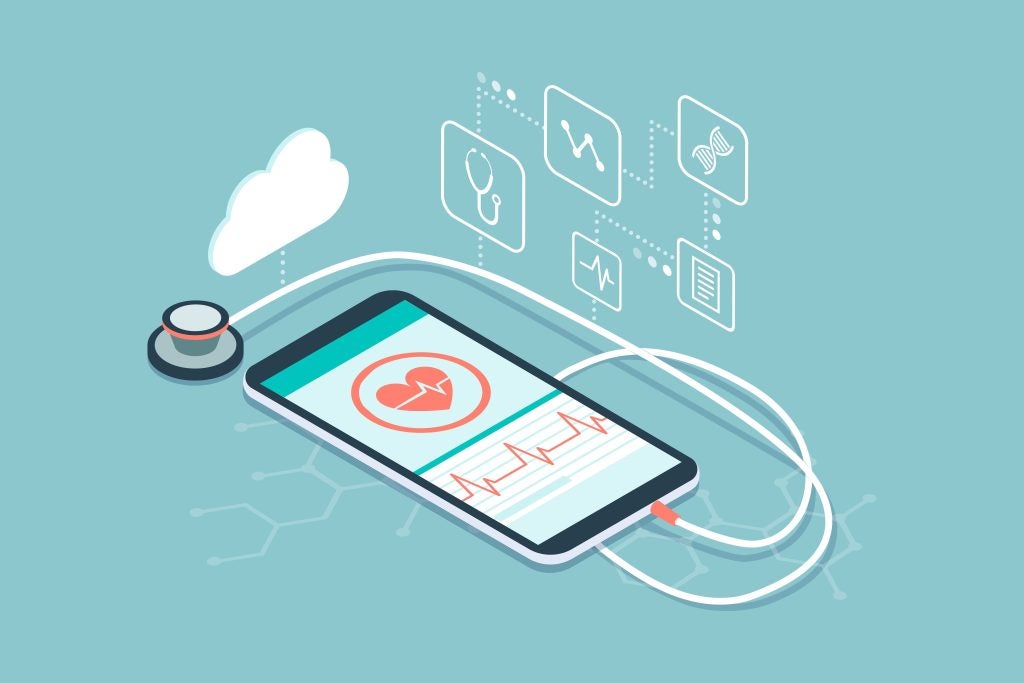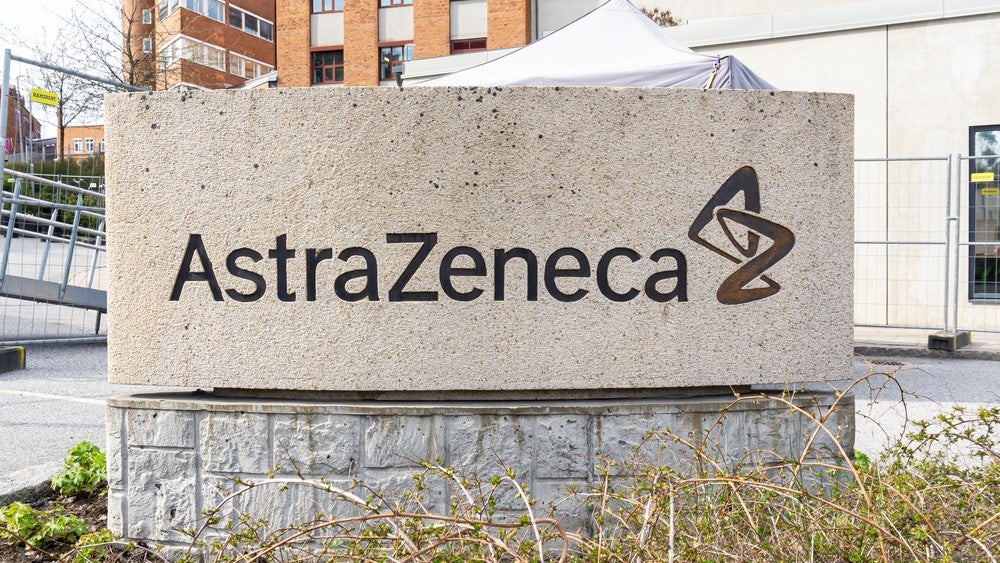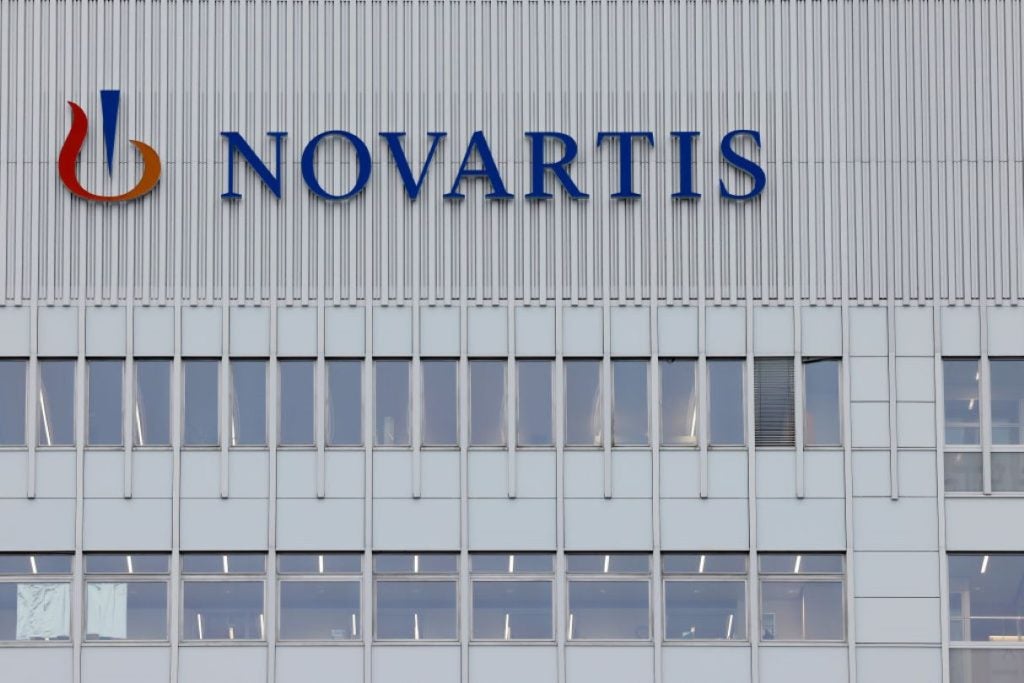It’s been a rocky few years for digital therapeutics (DTx) with some setbacks, including the demise of Pear Therapeutics, along with a challenging reimbursement landscape for the companies operating in this space.
The Digital Therapeutics Alliance (DTA), an international organisation, defines digital therapeutics as products to deliver medical interventions directly to patients using evidence-based, clinically evaluated software to treat, manage, and prevent a broad spectrum of diseases and disorders.
Leading the organisation is Andy Molnar, who previously worked in leadership roles with industry companies Cognoa and Pear Therapeutics, focusing on how to commercialise software as a medical device.
In an exclusive interview with Pharmaceutical Technology, Molnar talks about the potential of this sector and ways to counter current challenges.
This interview has been edited for brevity and clarity.
Sally Turner: Given the recent ups and downs in the digital therapeutics landscape, what lies ahead for the industry and what do you think needs to change for digital therapeutics to thrive?
Andy Molnar (AM): The number one challenge is awareness. We know there are hundreds of thousands of doctors and patients who don't know what the term digital therapeutics means, let alone understand the evidence-based benefits. People don't yet realise how impactful this can be. This is changing, but it'll take some time.
ST: Is the regulatory space and confusion over categorisation part of the awareness issue?
AM: Products can be classified broadly into categories based on the evidence and clinical outcomes, and just as importantly, their mechanism of action.
[The Digital Health Technologies ecosystem also has a broad definition and can include technologies that serve a variety of purposes, including facilitating low-acuity patient wellness, operationalising patient data, and even delivering a standalone intervention.]
Until last year, we didn't have an international definition for digital therapeutics. So as far as regulatory agencies were concerned, it was still software as a medical device. Hundreds of thousands of mobile health apps now exist, but digital therapeutics need to be clinically validated. An app may say that they help you lose weight, but do they have evidence? Has this been published in peer-reviewed journals? Patients deserve to know whether or not what you're claiming actually works. And that is how we arrived at the digital therapeutics phase we’re now in.
[The DTA has developed a product library to help key stakeholders understand and differentiate digital therapeutics from the thousands of other mobile health apps that are available.]
The most obvious advantage of digital therapeutics is the low side-effect profile. For example, insomnia is a widespread health issue where digital therapeutics can help long term without side effects. While the majority of people in the US will most likely have heard of Ambien [a sedative/hypnotic to treat insomnia] very few will have heard of cognitive behavioural therapy (CBT) which is the recommended first- line treatment [and can be delivered using DTx].
ST: What do you think of the challenges in getting digital therapeutics reimbursed, especially in light of companies like Pear Therapeutics closing down?
AM: The complexities of reimbursement are not in my opinion the reason that Pear went out of business. It certainly didn't help, but they didn't manage their runway, and they set unachievable expectations for growth. They clearly had X dollars in the bank and were not going to be able to fundraise again. They just kept spending until they ran out of money.
Understanding the right business model for your therapeutic category is incredibly important. Dynamicare, which is an example of a direct-to-consumer treatment for substance use disorder, offers a lot of the same functionality that Pear offered, and as far as I know they're doing well. I’d be remiss though if I didn’t thank Pear for the positive impact that they had on DTx. They spent a lot on government affairs work, updating policy and getting movement with Centers for Medicare & Medicaid Services for Medicare coverage.
ST: So after a tricky few years, is the DTx field showing signs of an upturn?
AM: We have actually seen a lot of momentum. We have partnerships between pharma and some of some of our members – Dario Health and Sanofi, for example. MEDRhythms got an FDA clearance on their breakthrough device and Better Therapeutics launched their prescription digital therapeutic. Big Health has made a lot of movement in the employer space and they acquired Limbix, which is mental health care for paediatrics. We also see regional payers in the US covering products like Freespira, Cognoa, and others.
The outlook for the industry is positive – it’s all about solving the awareness issue, developing strong reimbursement pathways, and building confidence in DTx treatment outcomes.

ST: What are some of the top things on your agenda this year?
AM: Education and awareness are certainly part of the DTA charter. For education, we work with PatientPoint, a company that puts videos in waiting rooms in doctors’ offices. So in over 20,000 providers offices in the US, we have information about digital therapeutics with different messages targeted towards patient and providers.
Internationally, South Korea and Singapore already have pathways for software as a medical device to be covered, as does the UK. In Germany, the Digital Health applications (DiGA) programme obviously gets a lot of attention and then France just put out PECAN, a program for early access to reimbursement for digital devices. In the US we do we do have coverage from employers, but Medicare not covering digital therapeutics has a profound impact on the rest of healthcare.
People now know the term prescription digital therapeutics – it's been in hearings in the US Congress and we’ve made amazing progress there. The Access to Prescription Digital Therapeutics Act of 2023 provides for Medicare and Medicaid coverage of prescription digital therapeutics in the US but has not yet been passed as legislation. We had a hearing last year and the Bill is getting a lot of momentum now. We won't stop pushing for the Bill to pass because that really creates an ideal state for the industry. Some articles recently claimed that the evidence is not necessarily that strong with digital therapeutics, but those are just wildly misinformed because many digital therapeutics products do have randomised clinical trials and real world evidence. They've been on the market and they demonstrate real-world value and low side effect profiles.
We work closely with other large trade organisations and with the Ministries of Health in Europe, and we're still seeing everything move in a positive direction for this industry. All of those administrative blockers are starting to get fixed – the remote therapeutic monitoring and remote physiological monitoring codes in the US have shown a steady increase in usage. We’ve been able to list digital therapeutics in the pharmacy pricing compendia which feeds into the Electronic Medical Records, making digital therapeutics more accessible to providers. We weren't able to do that until a year and a half ago.
We should also see interest rates drop this year, which means that venture capital (VC) money will start to flow again. Digital Therapeutics also rely heavily on artificial intelligence, an area that VC is focusing on. With VC, and partnerships and products coming to market, I think the momentum is still strong.















